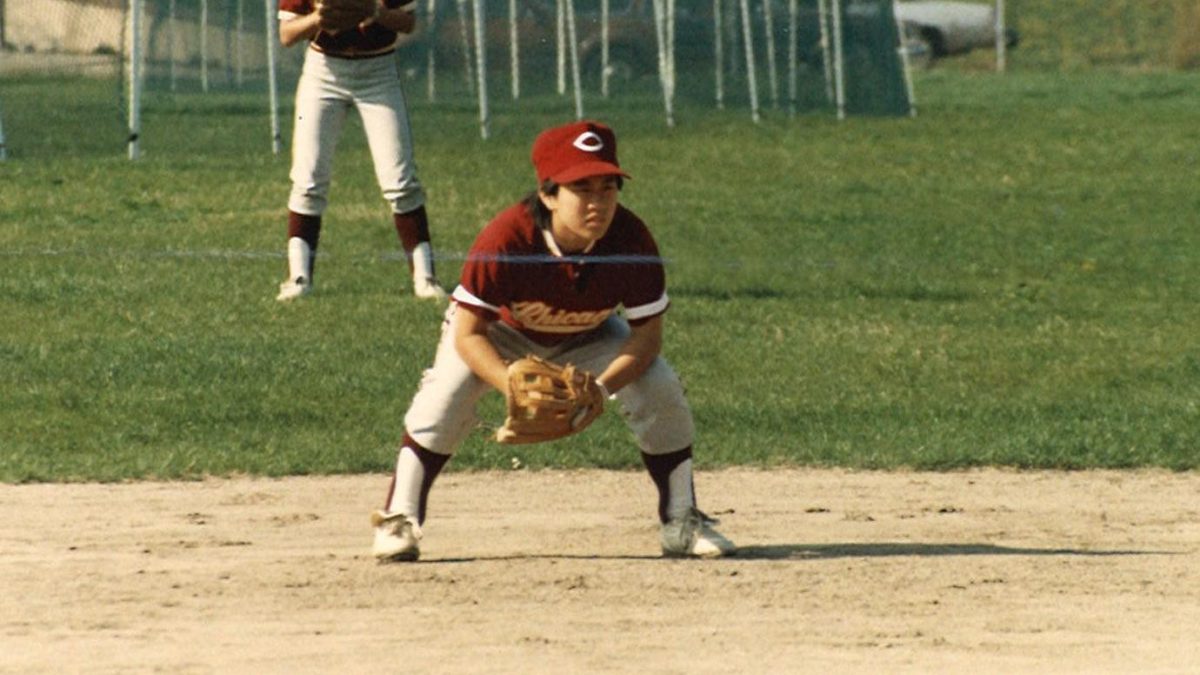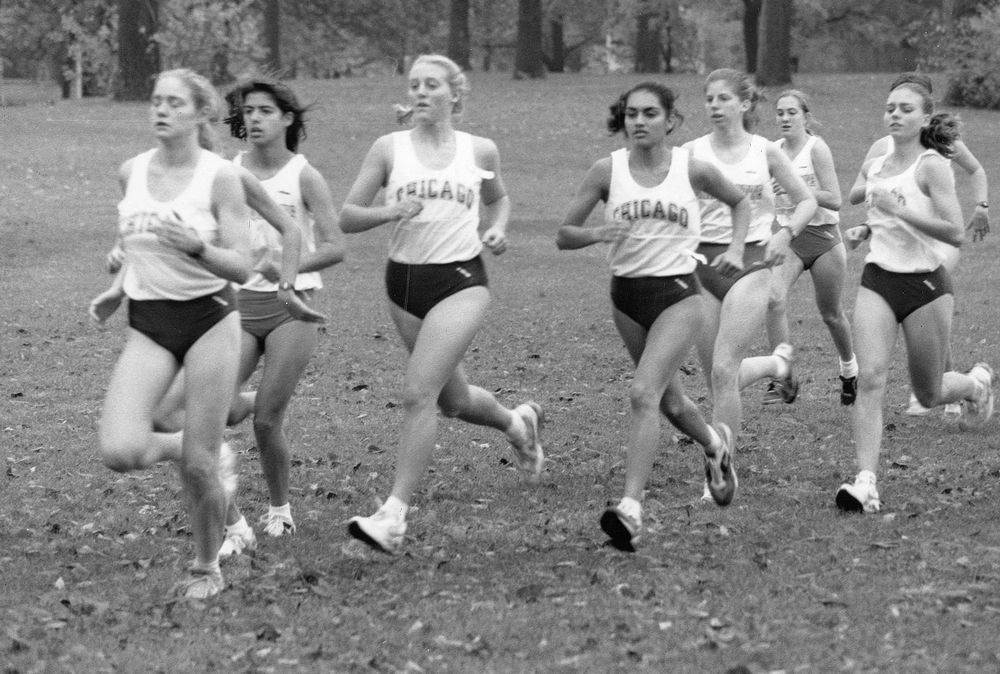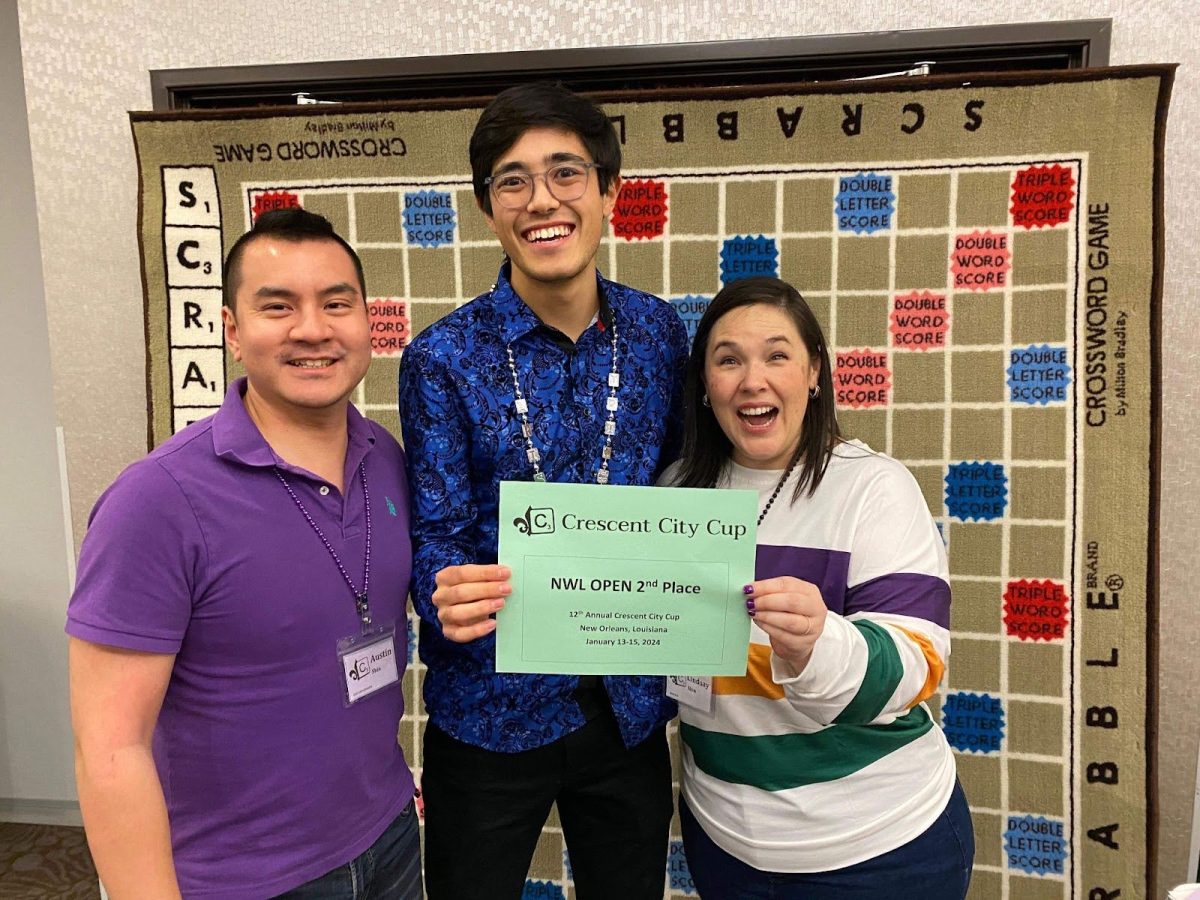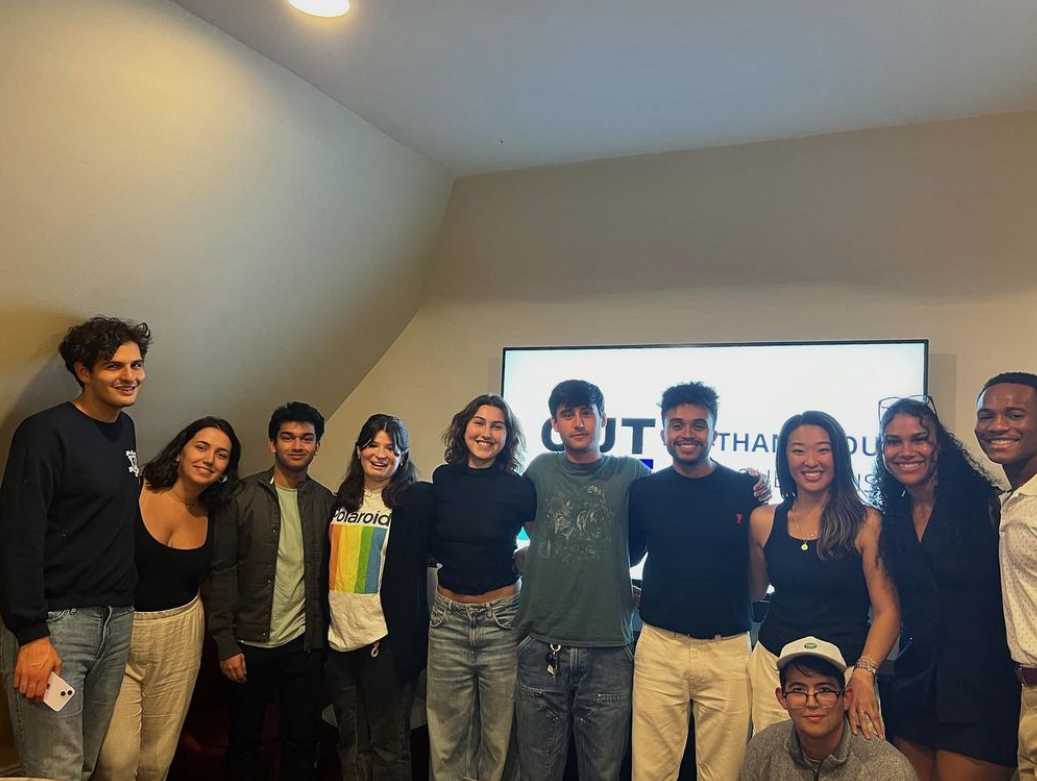Frisbee is much more than just a plastic disc thrown around casually on the quads at the University of Chicago; it’s the most crucial piece of equipment for one of the most active sports clubs at the University, referred to simply as ‘Ultimate.’ Started almost two decades ago, the club has grown to around 60 players. The men and women’s teams participate in tournaments around the country, and the men’s “A” team recently finished fifth overall at the U.S.A. Ultimate Great Lakes Division I College Open Regionals Championship. Like most sports clubs at the U of C, however, its growth remains mostly unrecognized by the student body.
One of the key features of Ultimate at the U of C is its non-varsity status. This means different regulations and more freedom with administration and direction. The men’s “A” team (there is also a “B” team) consists of 23 players and refers to itself as “Junk.” They are coached by Zubair Abdulla, a second-year graduate student at the University who played for the team last year (graduate students are allowed up to five years of eligibility, counting the years he or she may have played as an undergraduate). Yet unlike a varsity sport, the coach does not control every aspect of preparation and strategy. Third-year Jake Newman and fourth-year Jordan Hupp captain the team, and they have a unique kind of power.
“Me and Jordan manage the stats, and our coach manages the Ultimate part. In the past, the captains have done everything. One thing that is important in transitioning as a program is that it’s hard to have captains who also have to be coaching all of the other players while also playing,” Newman noted. “It creates a weird dynamic at times because it’s hard to both push players to play their best and remind them of their mistakes and challenges when you yourself are dealing with those things. One of the best things has been having a coach to keep us in line and be another voice and set of eyes. He knows a phenomenal amount about the game.”
In addition to managing the statistics, the captains also manage their teammates.
“A lot of the work in practice is captain intervention, particularly when we are doing scrimmaging and focus on a particular aspect of the game,” Hupp added. “It’s a lot of hands-on work and making sure the veterans and everyone else knows what they’re doing. Throughout the practice, we’ll get together as a team in a huddle and talk about what we need to do. It’s constant reinforcement and feedback-oriented, especially since we don’t have a full coaching staff. The duty falls on the players.”
Unlike the men’s A and B teams, the women’s side has just one group of 18 players, known as “Supersnatch.” Even though the team does not have a coach, the two captains (fourth-year Ali Harris and third-year Sam Burton) hold the same roles as the men’s captains.
“The captains take control and explain the sport,” Burton said. “They teach the game to the new players. It’s sort of a similar role to a coach, but instead, your teammates are leading the team. It’s just a different type of sport this way. There’s a lot of sportsmanship.”
A difference between the teams is the vetting process with tryouts. While neither side is allowed to cut players, the women’s team has a set group right from the start, while the men have to partition players.
“For our team, we take everyone. People come and see if it’s the right fit for them,” Burton added. “The key is that the people who come and play do take it seriously. A lot of people who did sports in high school who didn’t want to do varsity sports here but wanted to do something new will try out for Ultimate.”
“The A team is for people who are more willing to commit time and energy and potentially have a greater level of skill and experience,” Newman said. “The B team makes it so that there’s an opportunity for everyone to play. They go to tournaments with us, but there’s less of a time commitment and less expectation. The A team has a very focused structure, and there’s more dedication and a more serious attitude.”
“Some of our best recruits have been kids who hadn’t played before, since it’s still a growing sport. We try to get as many people to come out to our first few practices, and during O-Week, we play smaller games on the quad just to be visible,” Newman continued. “Until November, we basically have open practices. Throughout the fall, it’s kind of a give and take for getting people. After the fall tournaments, we’ll keep having open practices. The captains and coach will then confer about who should be on the A team, and who has the dedication, the experience, and the athleticism to compete at the highest level. We want to find players who will help us grow into a great team in the future.”
Dan Yingst, another graduate student at the University, coaches the B team, known as the “Hedonism Bots.” As he explains, the team provides a haven for the less experienced and those who aren’t able to make a large time commitment.
“The B team is basically the equivalent of a junior varsity team. It’s a lot of guys who are newer players who need to develop their skills, or guys who have been playing for a while who aren’t able to make the full commitment,” he said. “Sometimes people just don’t want to play on the A team or aren’t able to, maybe because of academics. They want to stick with a more relaxed attitude.”
Yingst is not the only one developing the B team.
“This year, we had a great class of rookies. Most of them started off fairly athletic with varying amounts of Frisbee experience. They’ve made huge strides over the course of the year,” Hupp continued. “We have a great group of guys who are coming of age who will step into the roles of seniors who are leaving. Over the last few years, Jake and I have made a point of making B team practices during winter quarter. We want people to know that B team members aren’t rejects of the A Team. We want to make sure we are consistently developing talents.”
First-year Rachel Gittleman exemplifies this kind of newcomer spirit. A field hockey player in high school, she was drawn to the Ultimate team because of its more relaxed environment.
“When I came here, I wanted to pick a new sport with a team since I really enjoyed that team dynamic in high school. I went to pick up games during Orientation Week even though the last time I had played Frisbee was for one week at summer camp when I was ten,” she recounted. “I just loved the people, and then I grew to love the sport. There’s something about the sport that brings a certain type of person. We’re all different, but it brings together a group of people who are really close. When you meet other Ultimate players, you feel the same vibe with them. I sucked at the beginning and couldn’t throw for the life of me. But all the girls and guys were really welcoming.”
“In general, Frisbee is something do to relax and have fun and take out stress,” Burton added. “It’s not so much of a time commitment that it affects work. We’ve found just the right amount of time where it doesn’t interfere with other aspects of our lives.”
The teams may take everyone, but a burden still falls on the players. The club is not guaranteed the same type of funding that the varsity teams get, which means players have to pick up some of the slack.
“The thing that’s most frustrating for us is the financial element. The varsity sports get a lot more things covered, like laundry. If Ultimate could get varsity status, I would be all for that,” Newman added. “It’s not realistic right now, but in the future, Ultimate will become serious enough and competitive enough to be recognized that way. For now, there’s a significantly greater financial burden on the athletes. People on the A Team end up paying around $600 a year for travel to tournaments and uniforms.”
Near the end of the winter is when the heart of the tournament season starts. The men’s A team and the women’s team went to two fall tournaments in mid-October, but following that competition, there was almost a five-month break before the spring tournament season. In early March, the teams headed to New Orleans for a Mardi Gras Tournament, which was the first outside competition of 2011.
“With all the difficulties of practicing in Crown, it can be hard to extrapolate and put those things on a full size field,” Hupp said. The [Mardi Gras] tournament is our first chance to get out and stretch our legs and put what we’ve been working on into motion.”
In late March, the groups went to two more southern tournaments in Statesboro, GA and Richmond, VA. After those events, the teams competed in the conference championships on April 16 in Rantoul, IL for the men and Mossville, IL for the women. Even though Supersnatch came up short, Junk advanced to regionals, where they finished fifth, tied with Notre Dame, Northwestern, and Indiana, and just behind Michigan, Michigan State, and Illinois.
The trip south to Virginia and Georgia over spring break was a terrific chance for the teams to bond.
“We ended up spending the entire week together road tripping to and from the southern tournaments,” Hupp said. “We generally have a group between forty and fifty people sticking together. Spring break is a time for all the groups to solidify the things we have been working on. When we come back, there are only a few weeks until conferences. It’s a time to solidify the chemistry and really nail down the strategies for conferences.”
“The spring break trip has a really, really long drive. We try to integrate the three teams and mix up the cars so there are a few members of each team in each car,” Burton added. “That way, everyone meets more people in the Frisbee community. It’s a really nice way to get to know other people who play. Then everyone stays in the same house and has a good time together.”
Here in Chicago, the groups find other ways to spend time together.
“Something that we just started doing recently is starting to film all of our games,” Hupp noted. “After we’ve gotten to a tournament, we will invite people over, eat dinner, and watch the game film. We heckle ourselves, but in the end, it’s just trying to get people to hang out with each other outside of the field. Those sessions are a lot of fun.”
“We have ice cream socials and team dinners, sometimes even with the men’s teams,” Gittleman added. “We had a huge Thanksgiving potluck with everyone, and we play weekly disc golf. We really make an effort to have pick up games when it’s nice out, or just throw the Frisbee around.”
All three teams are still looking to improve in order to maintain the club’s success.
“We lost a lot of strong players last year, but the girls this year improved really quickly. I was abroad in the winter, and when I came back, some of the players I hadn’t seen play at all had improved tremendously,” Burton concluded. “We’re losing a lot of seniors again, so it’s important for us to recruit new players this fall, when it’s the best time to join the team. A lot of our new players did really well, and they learned quite a bit from the older players. We finished the season off really well.”
“Development is a large part of the reason [the B team] is around. For the younger guys, getting experience is key,” Yingst added. “I am happy with a lot of the guys and I saw a lot of improvement. Given the conditions, we’ve done really well. I think from now until the end of the school year we will see the most improvement. All of the repetition will start to take effect.”
And for Newman, keeping the Ultimate tradition alive is always a focal point.
“We look for people who really want to play Ultimate and who will be good additions to the team,” he said. “This is my first year as captain, and every time I look at a player, I ask myself if he will grow into a person our team needs. We always want to find players who will help us grow into a great team in the future.”









